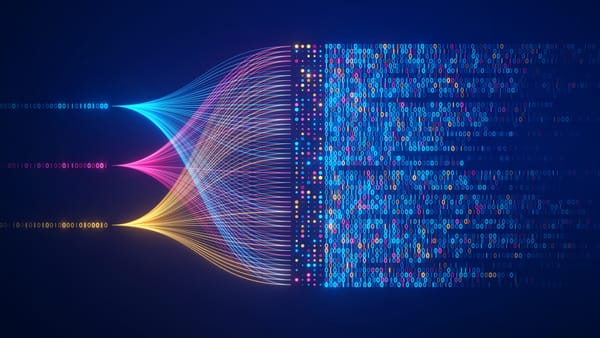El Capitan: First Exascale Supercomputer

Developing new nuclear weapons, maintaining the U.S. nuclear weapons stockpile, preventing nuclear terrorism, and powering the U.S. military's nuclear-powered submarines and aircraft carriers falls to the National Nuclear Security Administration (NNSA), but nuclear non-proliferation acts, not to mention environmental concerns, removed actual nuclear testing (i.e., explosions) in 1992 as an option for conducting further research.
The DOE is currently in the process of redesigning every component of its nuclear warheads and delivery systems due to aging designs, and supercomputers are the only recourse. That requires a new level of unprecedented computational power that will come in the form of El Capitan, a new exaFLOP-scale (exascale) supercomputer that is slated to come online in 2023. Upon completion, El Capitan will be faster than the top 100 supercomputers in the world, combined.
The Department of Energy (DOE) and the NNSA announced today that Cray's Shasta supercomputing platform would form the backbone of El Capitan. The new premier supercomputer in the U.S.'s arsenal will reach up to 1.5 exaFLOPS of computational power, or 1.5 quintillion calculations per second. A quintillion weighs in at one billion billion operations per second, making El Capitan 10 times faster than any existing supercomputer.

El Capitan will use artificial intelligence and machine learning to conduct 3D simulations at an unprecedented scale and speed, and at resolutions that are largely impossible with existing supercomputers that tend to peak at ~400 petaFLOPS of performance and offer sustained performance in the 200-petaFLOP range.
Of course, the first question is which hardware the DOE, which hosts four of the world's ten fastest supercomputers, will use to power the new system. The DOE disclosed today that it had awarded a $600 million contract to Cray, which is currently being acquired by HPE, to build the system with its Shasta architecture, Slingshot interconnect, and software platform. This is the same platform that powers both of the DOE's other exascale supercomputers, Aurora and Frontier.
The one-exaFLOP Aurora comes armed with undisclosed 'future' Intel Xeon processors, its not-yet-released Xe graphics architecture, and Optane Persistent DIMMs. Meanwhile, the 1.5-exaFLOP Frontier comes packing next-generation AMD EPYC processors and Radeon Instinct GPUs. You'll notice that neither of those systems comes packing Nvidia GPUs, which have long been the mainstay for supercomputers.
And we aren't sure if Nvidia will make an appearance in El Capitan, either. The DOE has yet to make a final decision on which processors it will use for the system, which is odd given that it already has performance projections and the design is obviously in the final stages, but we do know that the architecture will follow the Shasta architecture's standard combination of GPUs and CPUs. The Shasta architecture currently only supports Intel, AMD, and Nvidia CPUs/accelerators, so that seemingly eliminates IBM's POWER or one of the many variants of ARM processors. Cray says it will announce El Capitan's specific CPUs and GPUs at a later date.
Source: U.S. Department of Energy





